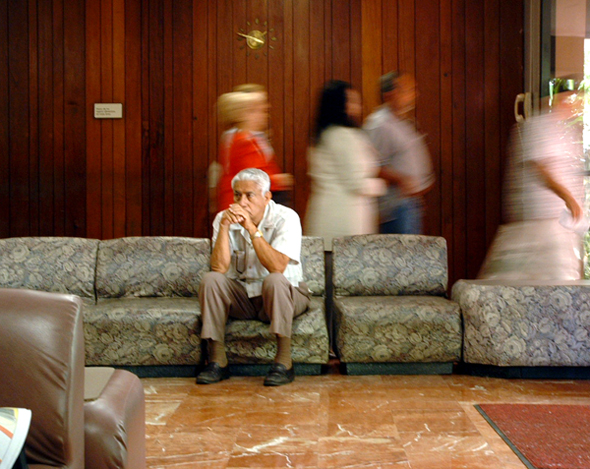It’s fair to say that more people have heard of the “internet of things” than have experienced it. There is breathless press coverage of the phenomenon—always patiently re-explained by tech pundits as the trend by which all of our most mundane possessions will become internet-connected—each time novel, if obscure, inventions make a name off successful Kickstarter campaigns. These are invariably coupled with estimates that the internet of things will be a multi-trillion dollar business.



